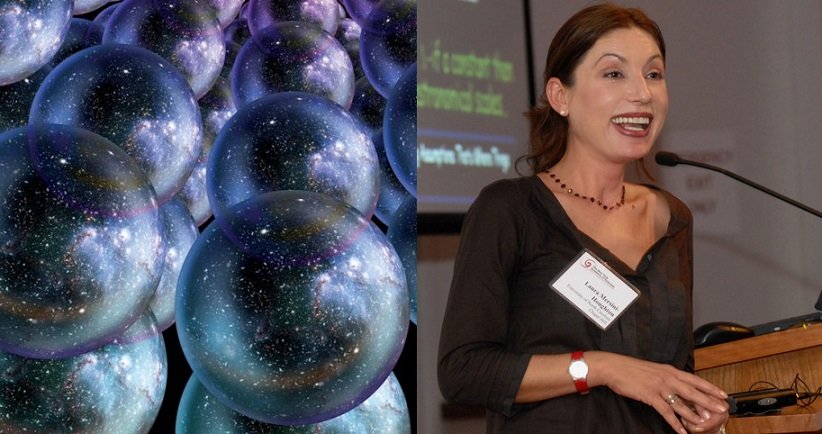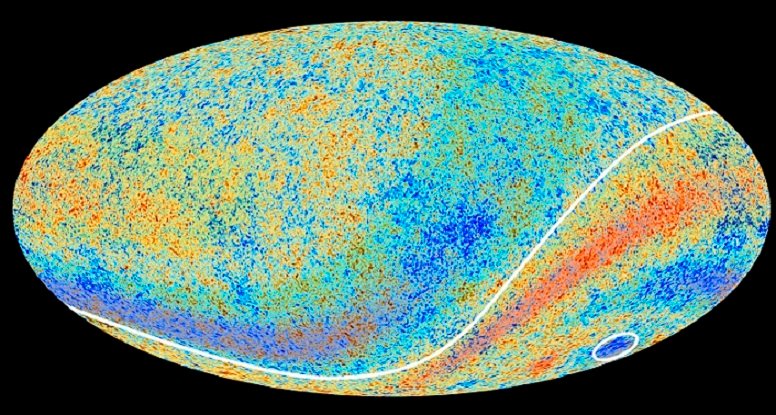Albanian-American cosmologist and theoretical physicist Laura Mersini-Houghton believe that a multiverse is the only sensible answer to the question of where we come from. And recently observations confirmed the predictions that she made around ten years ago, thus confirming that we live in a universe among countless others, a multiverse.

Her interpretation of the data is unconventional. Not all scientists are fond of the idea that there are countless of other universes in addition to our own. Nor are Laura Mersini-Houghton's calculations generally accepted. But most of her predicted deviations are clearly there in the recently published map from the Planck satellite that details the oldest light of our universe, the cosmic background radiation. It's the most detailed map ever of the radiation that filled space just 380,000 years after the big bang, and it carries traces of the earliest childhood of the universe. 'Back then', nearly 14 billion years ago, our universe was tightly compacted, 2700 degrees Celsius hot, and filled with an immense amount of energy. But the expansion after the Big Bang had a cooling effect, and electrons and protons came together into atoms. The first rays could now get through what before was a thick soup of protons and electrons. It's this light we now can observe on the recent map.
The extremely dense primordial state obeyed the laws of quantum physics, and the quantum fluctuations from the very earliest time is today seen in the background radiation as variations in the temperature of the radiation. It is these variations, irregularities in the otherwise 'smooth' space-time fabric, which eventually made matter lump together into stars, galaxies and galaxy clusters. The asymmetry can be clearly seen on the following image:

By combining quantum physics with string theory Laura and her colleagues predicted that the other universe's would leave an imprint in the cosmic background radiation, deviations that should make themselves visible in the detailed map of the Planck satellite.
According to the string theory, there are an immense number - 10^500 - of solutions to the equations of the theory. Each solution corresponds to its own universe. And although each universe is independent of one another, our neighboring universes left the quantum physical imprints in the beginning. Some of those imprints, deviations from the standard theory, Laura Mersini-Houghton and her colleagues have calculated. Among other things, they predicted that there should be a large, almost completely empty area of the southern sky - a cold spot. Precisely such a cold spot was later discovered by the Planck satellite. And just recently the last among the predictions that for a long time there was great disagreement around was confirmed, a so-called dark flow: the mysterious and constant movement and attractions of galaxy clusters towards a point present in southern constellation Centaurus and Hydra, something that Mersini-Houghton claims to be further proof of a sibling universe outside of our own.
If you want to delve deeper into Laura's fascinating and exotic predictions and theories I highly suggest watching the following presentation:

